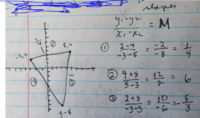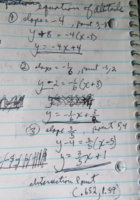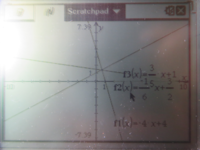allegansveritatem
Full Member
- Joined
- Jan 10, 2018
- Messages
- 962
Here is the exercise:

Here is how I found the dimensions of the sides and the equations for the sides:
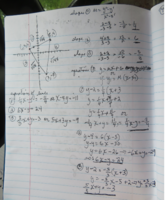
And here is how I found the altitudes using Herons formula and using the resultant area with the formula A=1/2 bh to find the dimensions of the altitudes:
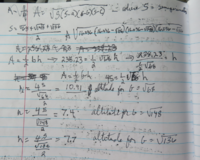
I don't know if this is the best way to go about getting this information but that is how I did it and with all this accomplished I still have no idea how to get equations for the altitudes when I only know one point and the length for each altitude. And then there is the circumstance that this exercise is meant to be solved with some kind of use of the systems of equations with two variables technique. Where to go from here?
Here is how I found the dimensions of the sides and the equations for the sides:

And here is how I found the altitudes using Herons formula and using the resultant area with the formula A=1/2 bh to find the dimensions of the altitudes:

I don't know if this is the best way to go about getting this information but that is how I did it and with all this accomplished I still have no idea how to get equations for the altitudes when I only know one point and the length for each altitude. And then there is the circumstance that this exercise is meant to be solved with some kind of use of the systems of equations with two variables technique. Where to go from here?

